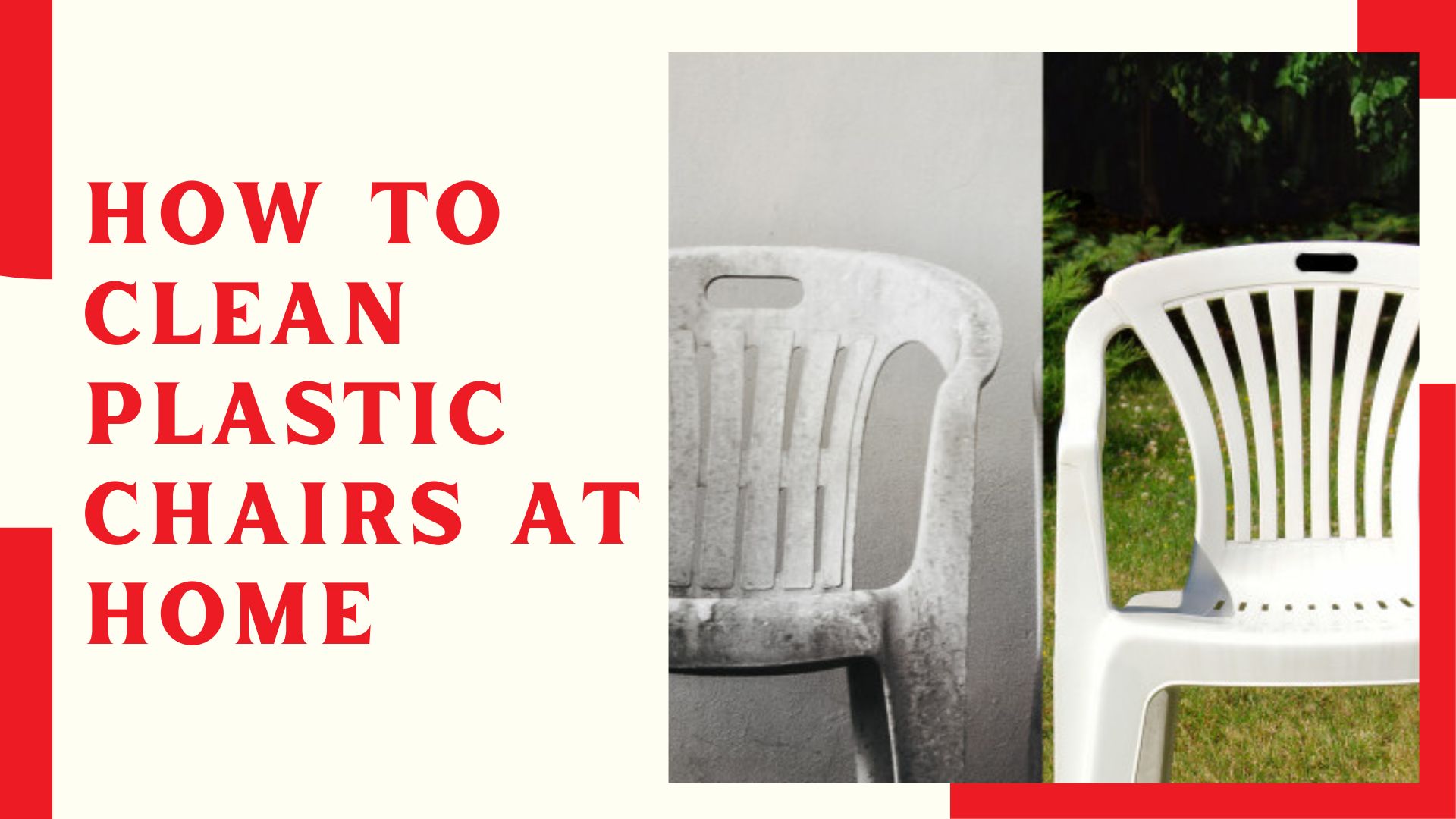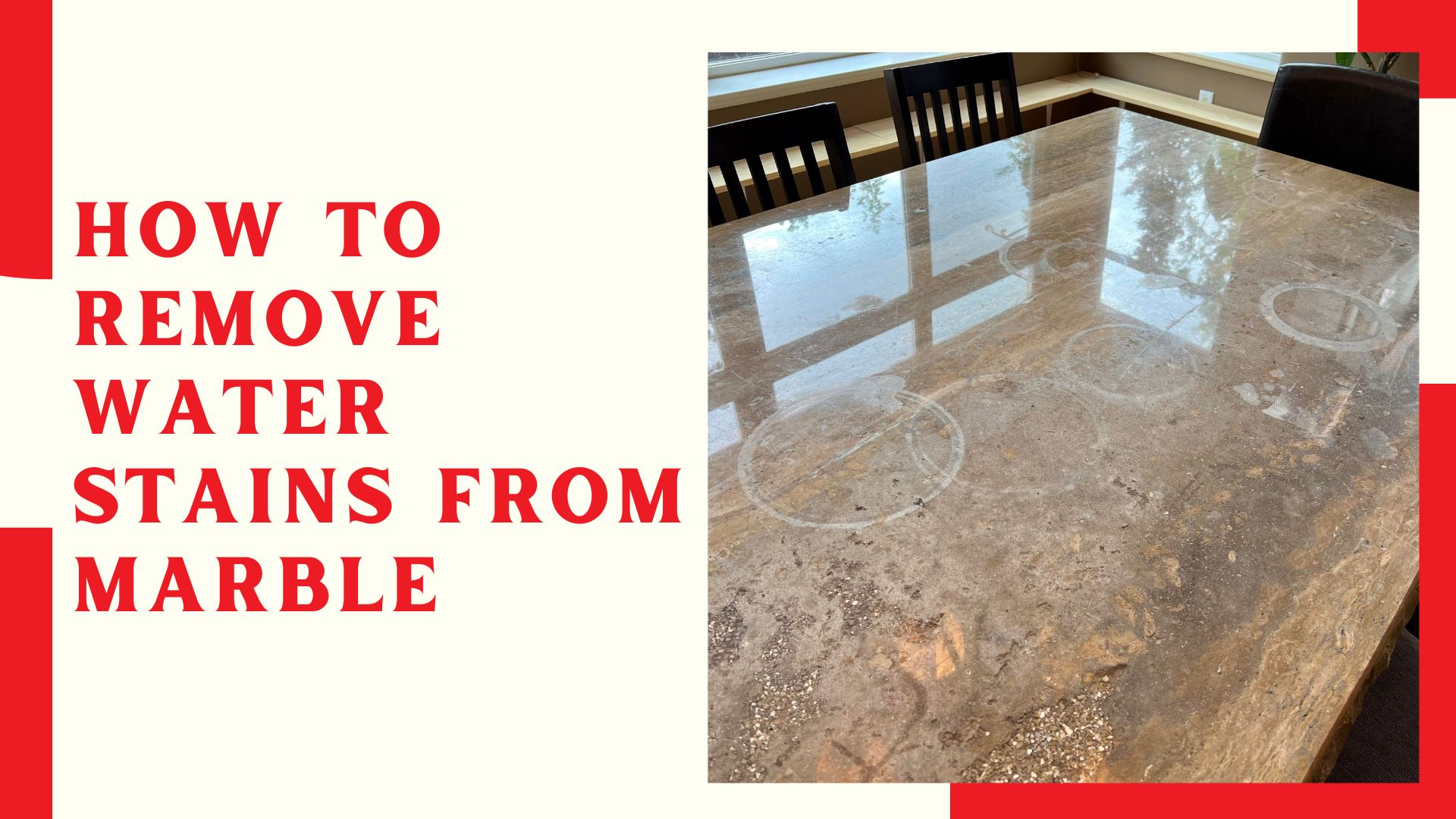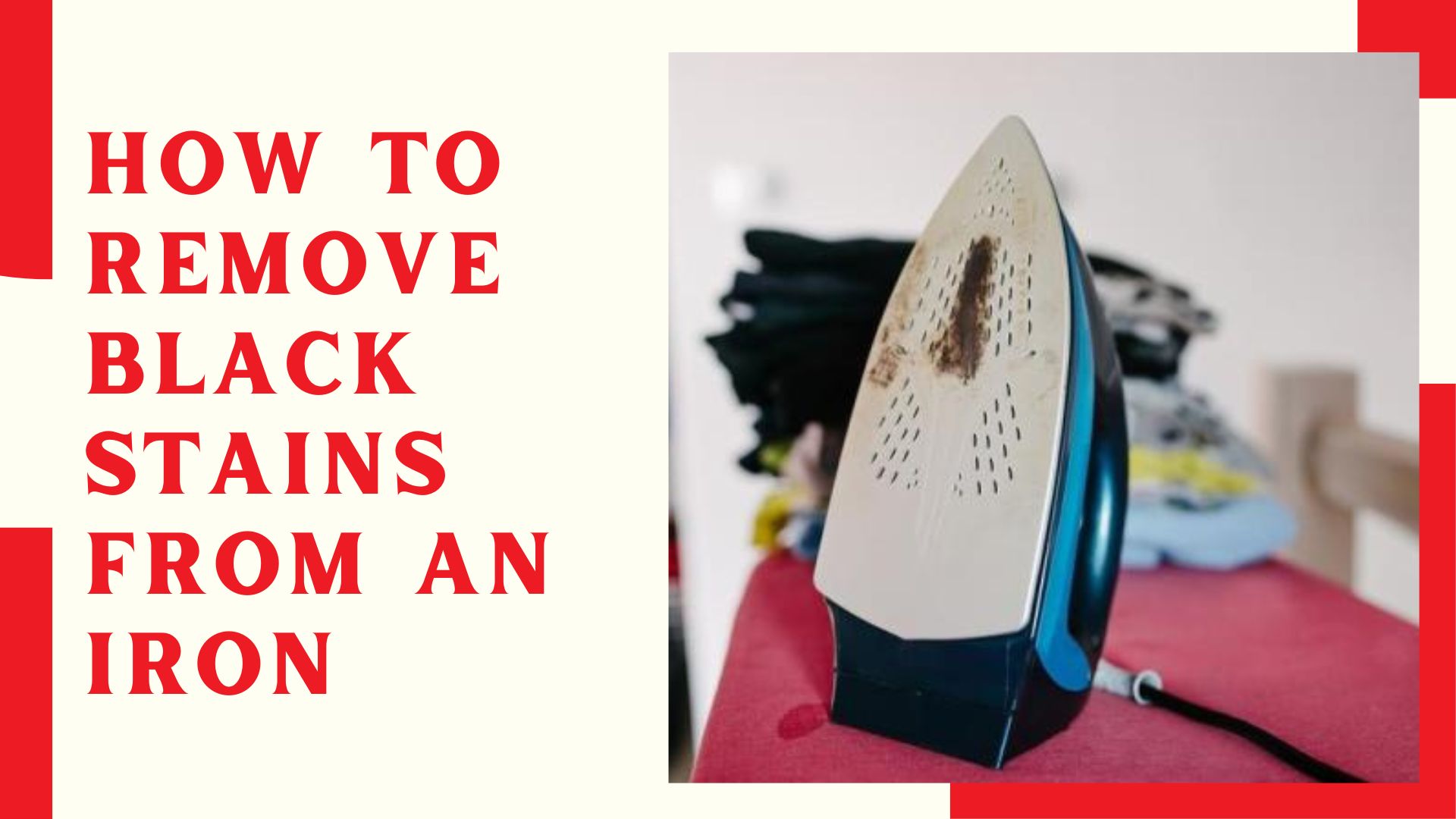Dealing with a clogged sink is frustrating, especially when standing water needs to drain. However, fear not! With patience and the right techniques, you can unclog the sink and have it flowing smoothly again in no time. trendwiz.com will help you to solve this issue and help you to know how to open a sink with standing water.
Related Products You Might Like
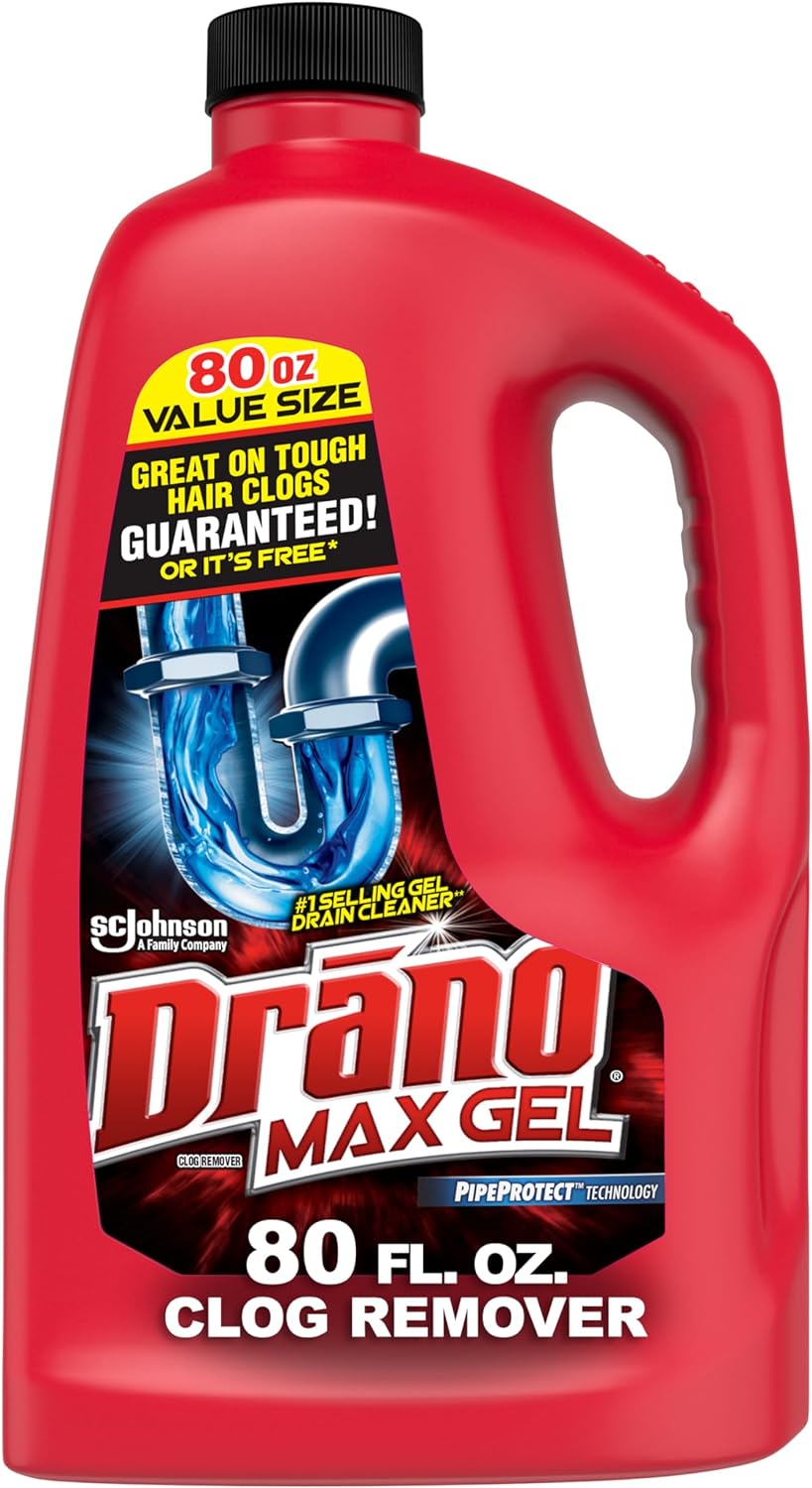
Max Gel Drain Clog Remover
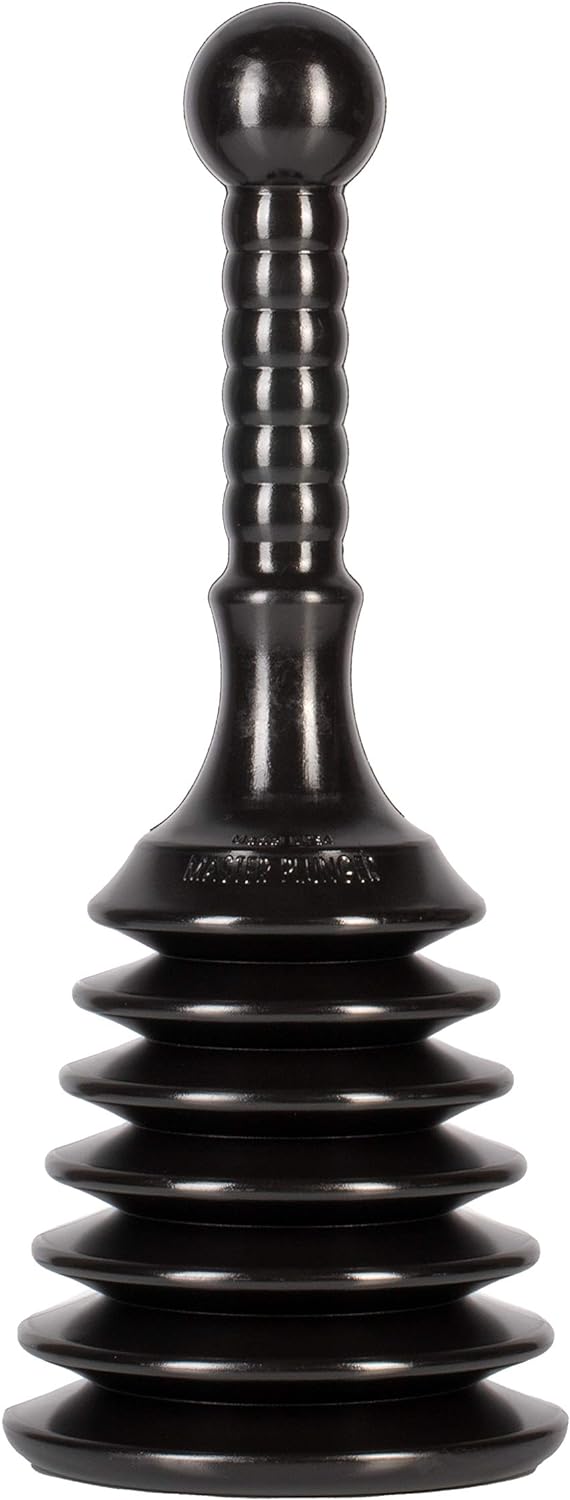
Master Sink & Drain Plunger
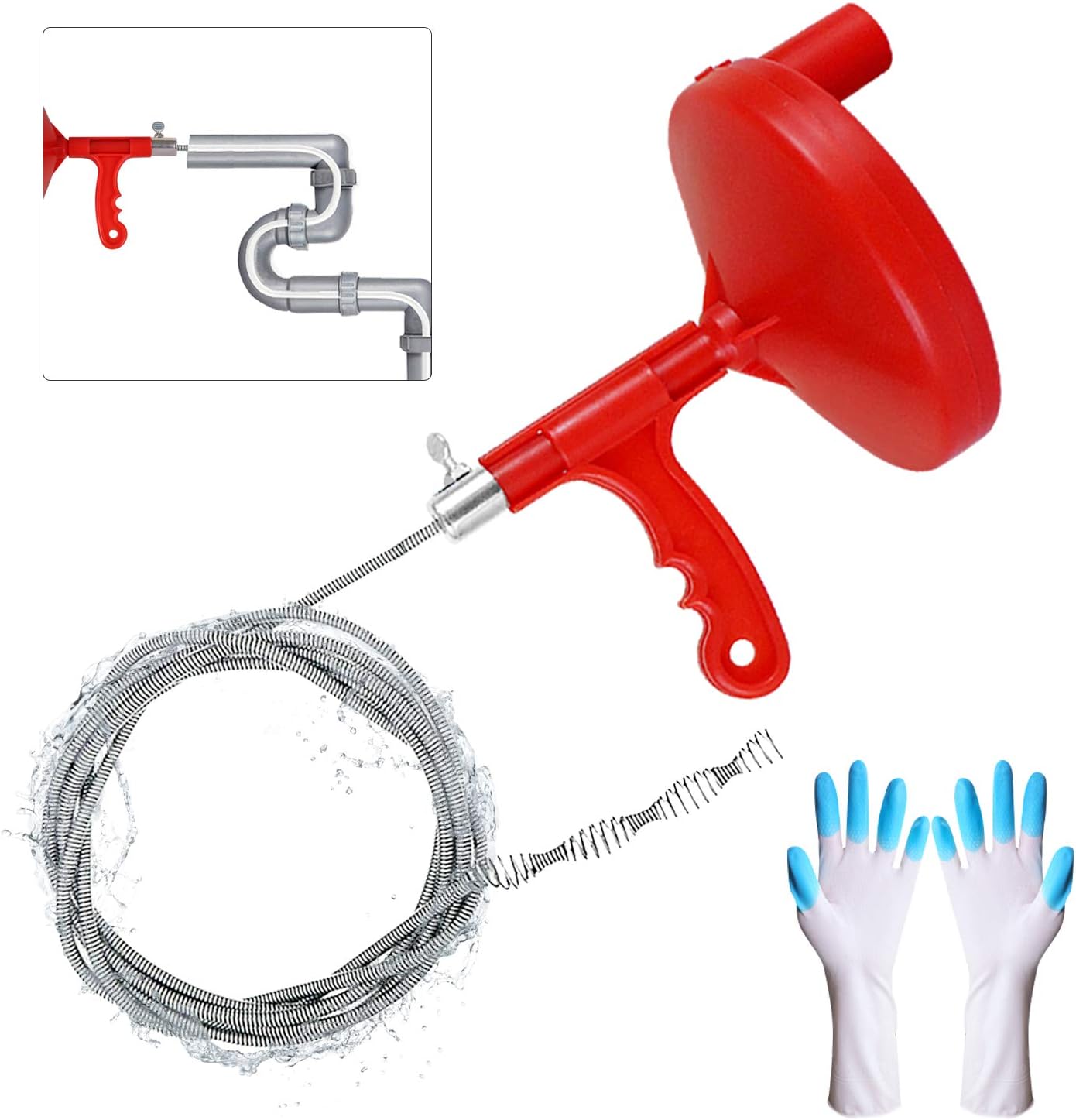
Plumbing Snake Cleaner
"(Paid Links)" As an Amazon Associate, We earn from qualifying purchases.
Step-by-step guide to unclog a sink with standing water
Assess the Situation:
Start by determining the severity of the clog. If the water drains slowly but still moves, you may have a partial blockage. However, the water isn't draining and standing in the sink. In that case, you likely have a more severe clog that requires immediate attention.
Protect Yourself:
Before you begin any work on the sink, you must protect yourself. Put on rubber gloves to prevent any contact with debris or chemicals that may be present in the standing water.
Remove Standing Water:
If there's standing water in the sink, you'll need to remove as much of it as possible before proceeding. Use a small cup or bucket to scoop out the water and dispose of it in a nearby drain or toilet.
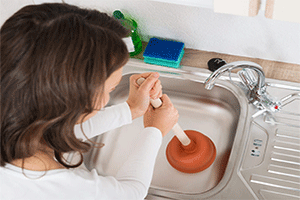
Try a Plunger:
If you're experiencing a clogged sink, don't worry! A plunger can easily solve the problem. Just grab a plunger and place it over the drain, making sure it's tightly sealed. Then, put some elbow grease into it and give it a go! That pesky blockage won't stand a chance against you. It's a simple yet effective solution that anyone can try with confidence. This action can help dislodge the clog and get the water flowing again.
Use a Plumbing Snake:
If the plunger doesn't do the trick, it's time to bring out the plumbing snake (also known as a drain auger). To clear the clog, gently insert the snake into the drain and turn it clockwise. Take care not to apply too much pressure to avoid pipe damage.
Chemical Drain Cleaners:
If mechanical methods fail, use a chemical drain cleaner. These products work by breaking down the organic matter causing the clog. Follow the instructions carefully, as some cleaners require you to flush the drain with hot water after use.
Natural Remedies:
If you prefer to avoid harsh chemicals, you can try several natural remedies. Baking soda and vinegar can effectively clear a clogged drain with a fun fizzy reaction? Give it a try! Alternatively, boiling water can sometimes effectively melt away grease and other debris.
Check the Trap:
If all else fails, the clog may be located in the P-trap—the curved section of pipe beneath the sink. To avoid any mess, kindly put a bucket or towel beneath the trap. Using a wrench, loosen the slip nuts and remove the trap with ease. Inspect it for any obstructions and clean it out thoroughly before reattaching.
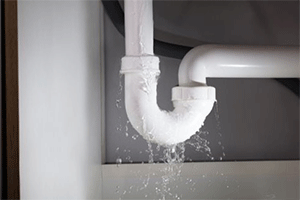
Prevent Future Clogs:
Once you've successfully unclogged the sink, prevent it from happening again. Avoid pouring grease, coffee grounds, and other debris down the drain, and use a mesh drain cover to catch any hair or food particles.
Know When to Call a Professional:
If you've tried everything and the sink is still clogged, it may be time to call a professional plumber. They have the expertise and specialized tools to tackle even the toughest clogs safely and effectively.
You can quickly and efficiently unclog a sink with standing water, restoring proper drainage and functionality to your kitchen or bathroom sink. With a bit of effort and know-how, you'll have your sink flowing smoothly again in no time.

